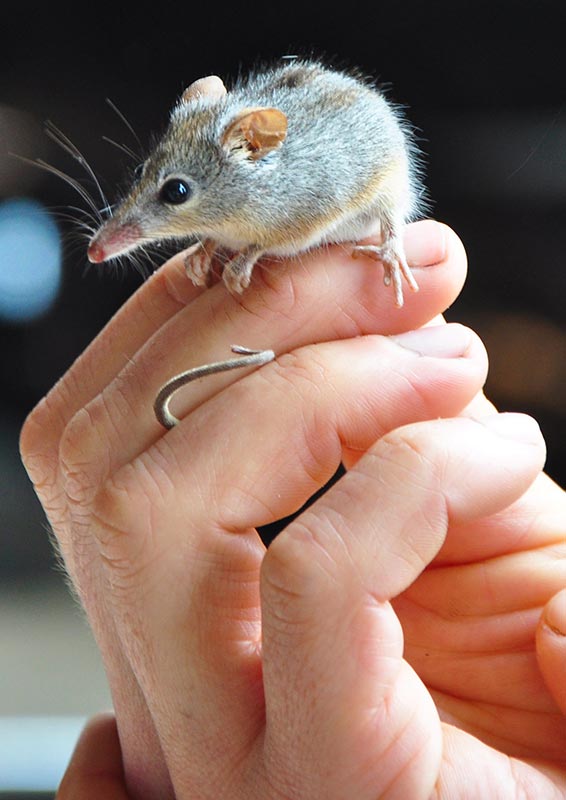Chingarrup, WA
For some landholders, the choice to protect nature on their land can be a big decision, for others, it is the sole purpose of buying a property. A growing number of people are choosing to buy property for the primary purpose of conserving and protecting the land.
Eddy and Donna Wajon were inspired to purchase Chingarrup Sanctuary, on Noongar country in Western Australia in 2002, becoming the first conservation owners for the Gondwana link project – a partnership between government, conservation groups, and private landholders that aims to reconnect and restore the biodiversity of land from the south west corner of Australia to Nullarbor Plains.
When they first visited the property, they discovered more than 150 wildflower species and became inspired to purchase the land.
‘I thought wouldn’t it be great to own and look after this place. How great to say we own this patch of bush and are responsible for looking after it.’
As part of the project, Eddy and Donna have worked with a range of organisations to rehabilitate and restore land that had been completely cleared in the 1960s-70s. Planting, weeding, removing feral animals, and monitoring plants and animals on the property are just a few of the ways that Eddy and Donna have helped restore the property.
Their hard work is paying off with rare species returning – species like honey possums and whip birds. The sanctuary is now home to more than 770 native animals and more than 570 native plant species.
It’s not something that happened overnight – Eddy and Donna have dedicated most of the last 20 years to restoring Chingarrup to it’s former glory, but it’s a labour that will leave a legacy of biodiversity for generations to come.
“It’ll take a while. It’s not a 10-year vision, it’s probably a 50 or 100-year vision, but eventually it’ll happen. There are more people starting to realise we’re losing our native habitat and feeling that’s not something they want.”

Protecting the Honey Possum
The name ‘honey possum’ is misleading – these cute mammals don’t eat honey and are only distantly related to possums. And although this tiny creature weighs just 7-10 grams, it plays an incredibly important role in the biodiversity of areas like Chingarrup. Honey possums use their bristled tongue to extract nectar and pollen and by doing so, help pollinate a range of native plants within the ecosystem.
But the Honey possum is already extinct in some areas – this fragile mammal lives best on land that hasn’t been burnt for 22 to 26 years and requires nectar from flowering plants year-round. Land that can support animals like the honey possum is becoming harder to find.
We need more landowners like Eddy and Donna to help protect animals like the Honey Possum. Join us to help grow our network of protectors.
Join the movement
